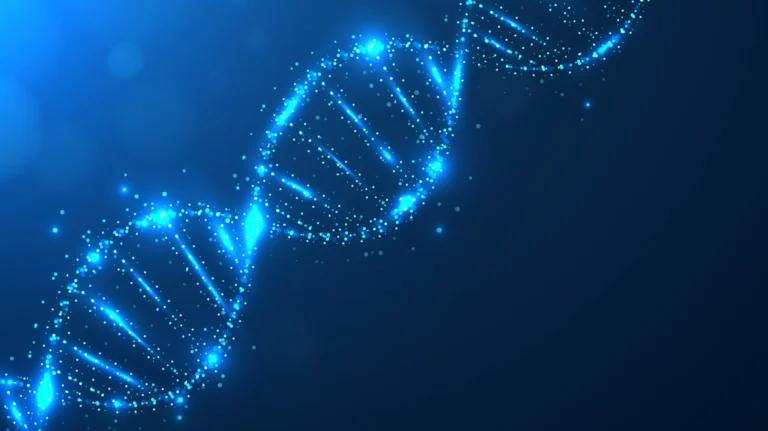Nanotechnology Patent Lawyer
Nanotechnology is the study and control of materials at the nanoscale, and it is quickly impacting many industries and the technology available in them, including medicines and materials. As this technology transforms innovation and advancements, it is crucial that inventors protect their rights. A nanotechnology patent attorney can help inventors in nanotechnology establish robust protections for their creations and ensure their competitive advantage in the industry.
Many unique issues can arise in the nanoscale technology industry, especially when patenting these advances. It is important to work with an attorney who understands the complex fabrication processes for nanomaterials. Your attorney should also know how to navigate the complex legal issues of discoveries made or inspired by AI. It’s crucial to address these issues and protect your creations with experienced legal representation.
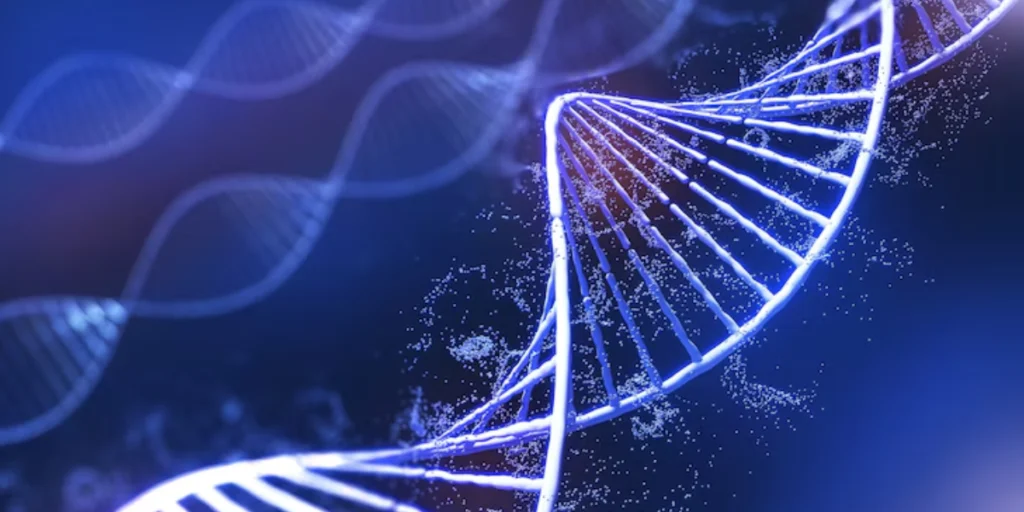
Nanotechnology and Its Innovation Landscape
Nanotechnology, as it exists today, has only been advanced during the past few decades. Because of this, there are many rapid advancements in the field. Patenting is often the most effective way for innovators to assert the rights they have to their creation. Several unique patent challenges impact nanotechnology that are less prevalent in other sectors.
Some of the prime considerations that can make it harder to patent nanotechnology include:
- Defining the abilities and scope of nanoscale features
- Demonstrating that the nanotechnology is non-obvious
- Determining the impact of AI solutions within nanotechnology
These are complex challenges, but there are also numerous opportunities for patentability and innovation using this technology, including nanomaterials, nanoelectronics, and nanomedicine. Many opportunities also exist in AI, including using it to generate designs or simplify and optimize the process of fabrication. Patenting these creations requires an in-depth legal understanding of these matters.
Innovation in nanotechnology happens in many ways. Start-ups, small businesses, university research and development programs, independent inventors, and entrepreneurs can all innovate using new devices, materials, methods, and software algorithms.
The U.S. Patent and Trademark Office (USPTO) has a total patent application inventory of over 1.2 million. There are three primary types of patents:
Utility patents. These address a new process, machine, or manufactured article, and they protect the function of that item. This could include a new way of synthesizing nanomaterials and particles, or it could involve the creation of a novel sensor at the nanoscale.
Design patents. These patents address the appearance and ornamental design of an object or one placed on an object of manufacturing. You may have a nanotechnological product and want to protect its unique shape or another part of its design.
Plant patents. These are often not applicable for nanotechnology, although bioengineered plants that interact with the technology may be categorized as a plant patent.
You can also file a provisional patent before you file a utility patent in some circumstances. This allows you to have an earlier filing date, even if you don’t have all the information necessary for a full application. It essentially holds your place in line as you finish the development of your invention.
In Fiscal Year 2024, there were more than 600,000 applications for utility, plant, and reissue patents. It is crucial to work with an experienced attorney who can navigate the application process and provide a better chance of success.
Examples of Nanotechnology Patents
Some examples of patents in nanotechnology industries include:
- A utility patent protects a method created by a research and development facility. It uses electrical conductivity to synthesize carbon nanotubes.
- A start-up files for a design patent. It protects a nanoparticle shape that is biocompatible and used for targeted drug delivery.
- A utility patent can protect an invention that makes a quantum dot display using AI optimization.
The USPTO receives many different patent applications in several areas of nanotechnological advancements. These diverse areas of patentability also indicate how many industries can benefit from this innovation.
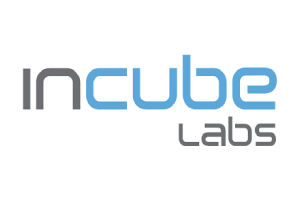
Patent: US 11,872,318 B2
Nanocrystal formulations with mucus-penetrating coatings that improve delivery of therapeutic molecules through mucosal tissues.
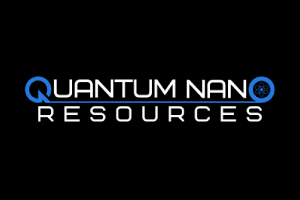
Patent: US 11,971,576 B2
A room-temperature single‑photon source using nanostructures—key for quantum computing and secure communication systems.
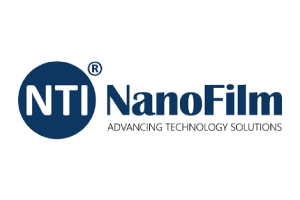
Patent: US 12,060,473 B2
High-strength nano‑composite films from polymer matrices reinforced with exfoliated graphene or boron nitride—boasts 1 GPa + tensile strength.
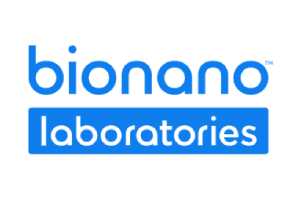
Patent: US 12,161,765 B2
Nanoparticle compositions designed for efficient pathogen capture from blood—advances diagnostic and purification tech.
FAQs
What Innovations Are Most Commonly Patented in Nanotechnology?
Some of the most common nanotechnology patents include nanomaterials, drug delivery systems, nanomedicine, and electronic devices in nanoscale. When you create a nanoscale innovation, experienced patent attorneys can determine what aspects can be patented.
Does AI-Generated Work Qualify for Patent Protection in Nanotechnology?
AI-generated work may or may not qualify for patent protection in nanotechnology fields. The laws surrounding this possibility are continually changing, although patents could be secured if your invention was AI-assisted, but the contribution by you and other humans was significant. A dedicated attorney at Bold Patents can navigate the complex issues of AI in nanotechnology.
Do I Need an Attorney Experienced in Nanotechnology Patents?
Yes, you absolutely need a patent attorney who is experienced in nanotechnology patents, as this is a complex field with unique legal knowledge requirements. Bold Patents has the experience needed to help you patent the correct aspects of your nanotechnology intellectual property.
When you want to secure a patent with the USPTO, you typically follow these steps:
- Engage in a prior art search and patent search, thereby determining patentability.
- Draft the detailed and documented patent application.
- Describe how the invention is novel, non-obvious, and useful.
- File the application with the USPTO.
- The USPTO examines the application, and there is the potential for office actions.
- Respond to any office actions.
- Receive the final decision made by the USPTO.
As of April 2025, the USPTO has stated it takes an average of 23.2 months to take its first office action, and it takes an average of 30.1 months for it to reach a conclusion for the patent application. This includes applications that have a request for continued examination after receiving a denial.
A patent attorney is crucial for navigating these steps and completing each aspect correctly. That way, you can get the most patent protection.
Why Should You Work With Bold Patents for Your Nanotechnology Patents?
At Bold Patents, we have significant experience in helping innovators patent their complex inventions in novel and complex fields. We understand the complicated and technical specifics of nanotechnology, along with the unique challenges of that industry.
When you bring your invention to us, we take the time to understand your short- and long-term goals for the invention and your business, if you have one. We can navigate patentability, art and patent searches, and other important steps prior to filing. Our firm can tailor our legal care to your needs. We have helped individuals, start-ups, and established companies navigate the protection of their nanotechnology.
Contact Bold Patents today to secure your rights to your nanotechnology innovations.
